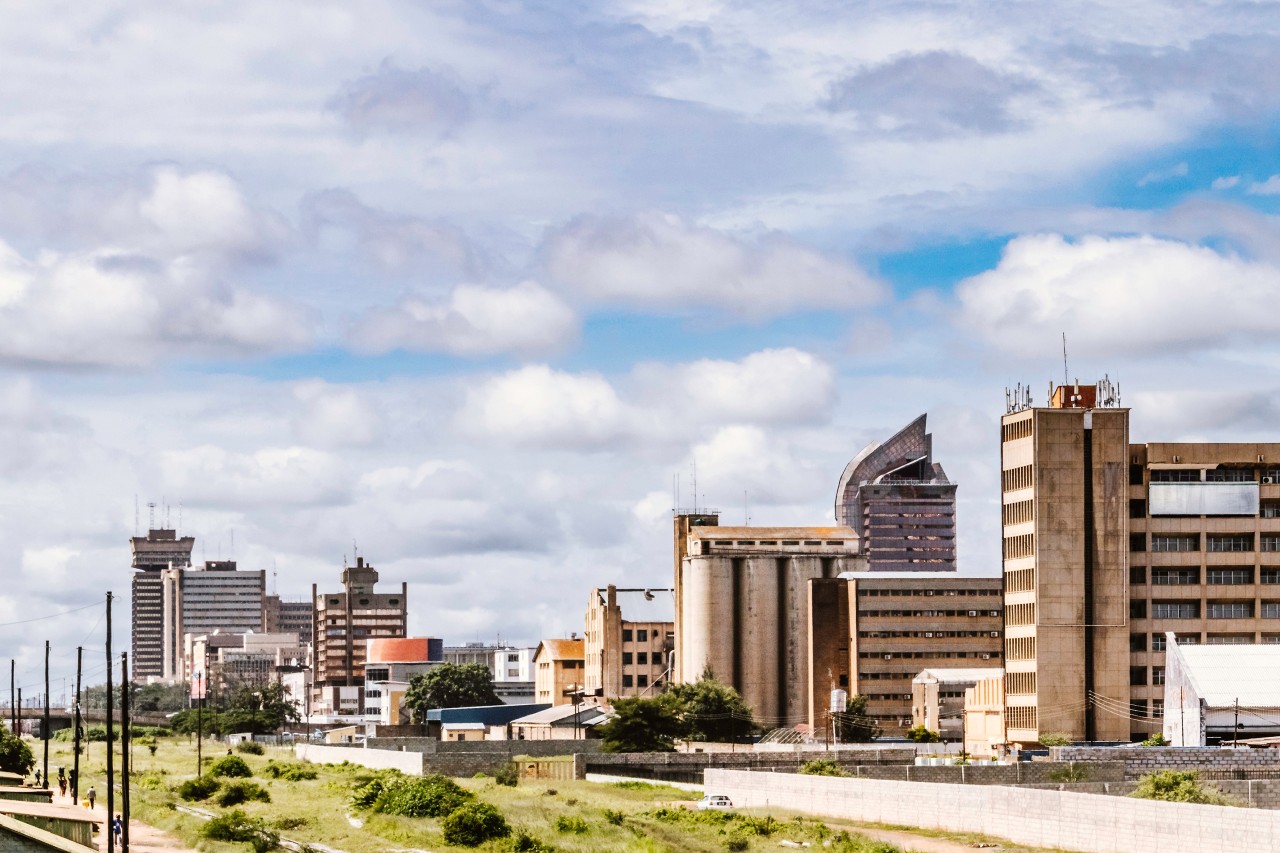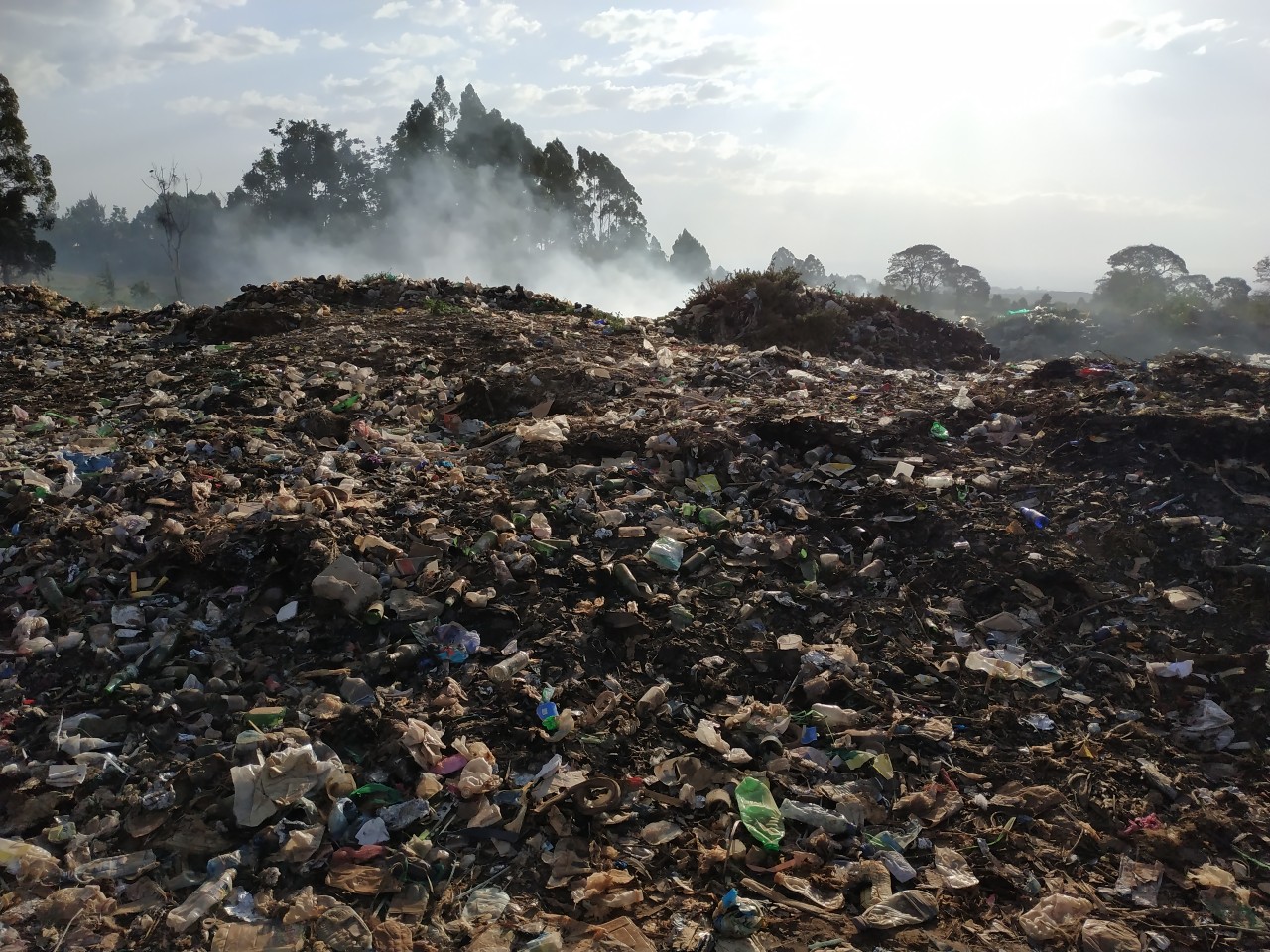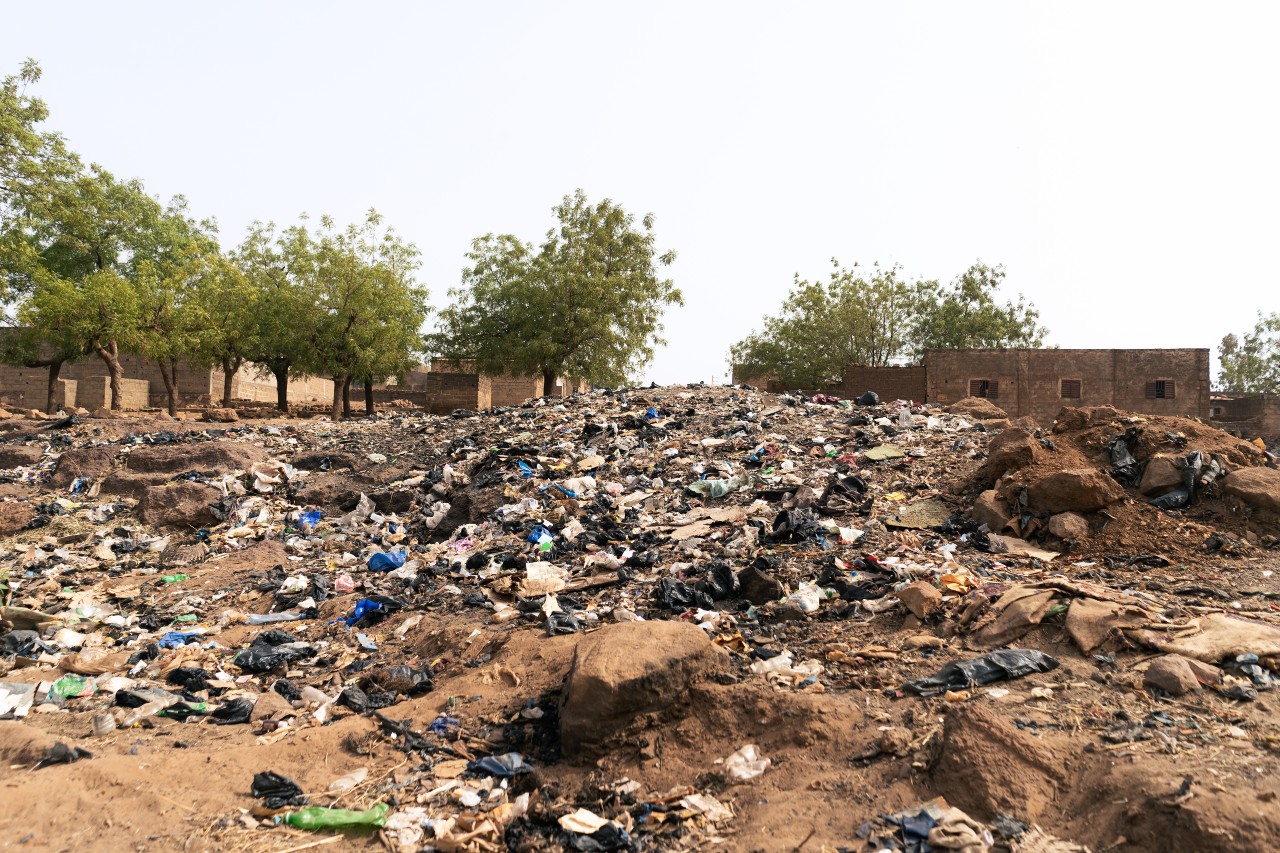Lusaka is the capital and largest city of Zambia and one of the fastest developing cities in Southern Africa. The city’s population is about 2.5 million in the metropolitan area. Lusaka is the center of both commerce and government in Zambia and connects to the country’s four main highways heading north, south, east and west. The residents of Lusaka come from all of Zambia’s 70 or so tribes, and there are also small communities of Asians and Europeans.
Lusaka was the site of a village named after its Chief Lusaka, which, according to history, was located at Manda Hill, near where the Zambia’s National Assembly building now stands. In the Nyanja language, Manda means graveyard. The area was expanded by European (mainly British) settlers in 1905 with the building of the railway. In 1935, due to its fairly central location, it was chosen to replace Livingstone as the capital of the British colony of Northern Rhodesia. After the federation of Northern and Southern Rhodesia in 1953, it was a center of the independence movement amongst some of the educated elite that led to the creation of the Republic of Zambia. In 1964, Lusaka became the capital of the newly independent Zambia.
Lusaka generates about one million tons of waste annually (2,700 tons per day), but only half of this is taken to the designated dump site.
For years, waste management has emerged as one of the greatest challenges facing Lusaka City. It is not a new problem though, but the volume of waste being generated continues to increase at a faster rate than the ability of the city authorities to improve on the financial and technical resources needed to parallel this growth. Currently, the Lusaka City Council (LCC) is struggling to manage the waste under tight budgets, and highly inadequate and malfunctioning equipment. This is evidenced from the inefficient collection practices with variable levels of service, poor and unhygienic operating practices in the waste management in the city. In most urban areas in Zambia, only a small fraction of the waste generated daily is collected and safely disposed. The rest is anyone’s guess.
Lusaka city is facing challenges in managing waste because of the indiscriminate illegal dumping and littering, and a public which is seemingly not sensitive to the garbage around it or indeed has any awareness of what represents responsible waste management. There are a lot of illegal players in waste management. But since they are not registered, they do not dump the waste they collect at the designated place, Chunga dumpsite. Instead, they dump the waste anywhere and mostly at night. There are laws in place that prohibit indiscriminate waste disposal, but people are not sensitive. Enforcing this law has been a challenge.
Chunga dumpsite sits on a 10 acre land, north of Lusaka City. Only a quarter of the land at Chunga dumpsite is being utilized. The current status of the site looking full are just artificial, the problem is that there is not enough equipment to compact the waste, as a result, the management of this waste has been challenging. In 2014, the Lusaka City Council (LCC) embarked on a project to erect a wall fence around the dumpsite. The reasons for securing the dump site was simple, to improve the sanitary conditions at the site and to control garbage from spilling over. The wall fence was also meant to deter scavengers from flocking to the dumpsite. However, four years down the line, the situation at Chunga dump site, which is surrounded by residential houses, is more depressing than ever.
Indiscriminate or uncoordinated disposal of waste at the dump site by the various waste management companies has not only resulted in shortage of space but has poised a health hazard to people living in the nearby households. Some of the litter from the dump site has found its way on the newly constructed ring road resulting in a mess.
WOIMA has the perfect solution to help Lusaka to reduce the waste-induced challenges. We have developed a decentralized waste management and power generation solution named “WOIMA Ecosystem” that helps countries and cities to cope with the increasing waste challenges that they are facing. WOIMA Ecosystem recycles the waste into raw materials and energy in the most efficient manner reducing the waste quantity by over 95%. The small-to-medium size WOIMA Ecosystems are distributed close to where the waste is generated, thus offering significant waste logistics and power distribution savings in addition to solving the waste problem.
Read more: Woima decentralized W2E power generation – case study Nairobi Kenya
Did you know how Finland is doing?
Pollution NOT Threatening UNESCO World Heritage Sites – Case Kvarken Archipelago, Finland
Not Drowning in Waste – Case Finland
WOIMA Corporation is a Finnish supplier of best-in-class waste-to-value products, projects and services worldwide. We have developed solutions that enable us, and the customer, to transform and recycle virtually any waste stream into raw materials and energy. At WOIMA we combine Finnish engineering know-how in waste management with power generation design expertise. These solutions are used in Finland every day. They support the circular economy ideology and ensure that less than 1% of Finland’s waste ends up in landfills.
Our mission is to improve quality of life both locally and globally, as well as empower people to utilize waste as a commodity. Our decades of international project management experience ensure an on-time, in-budget and high-quality WOIMA solution delivery across the globe.








